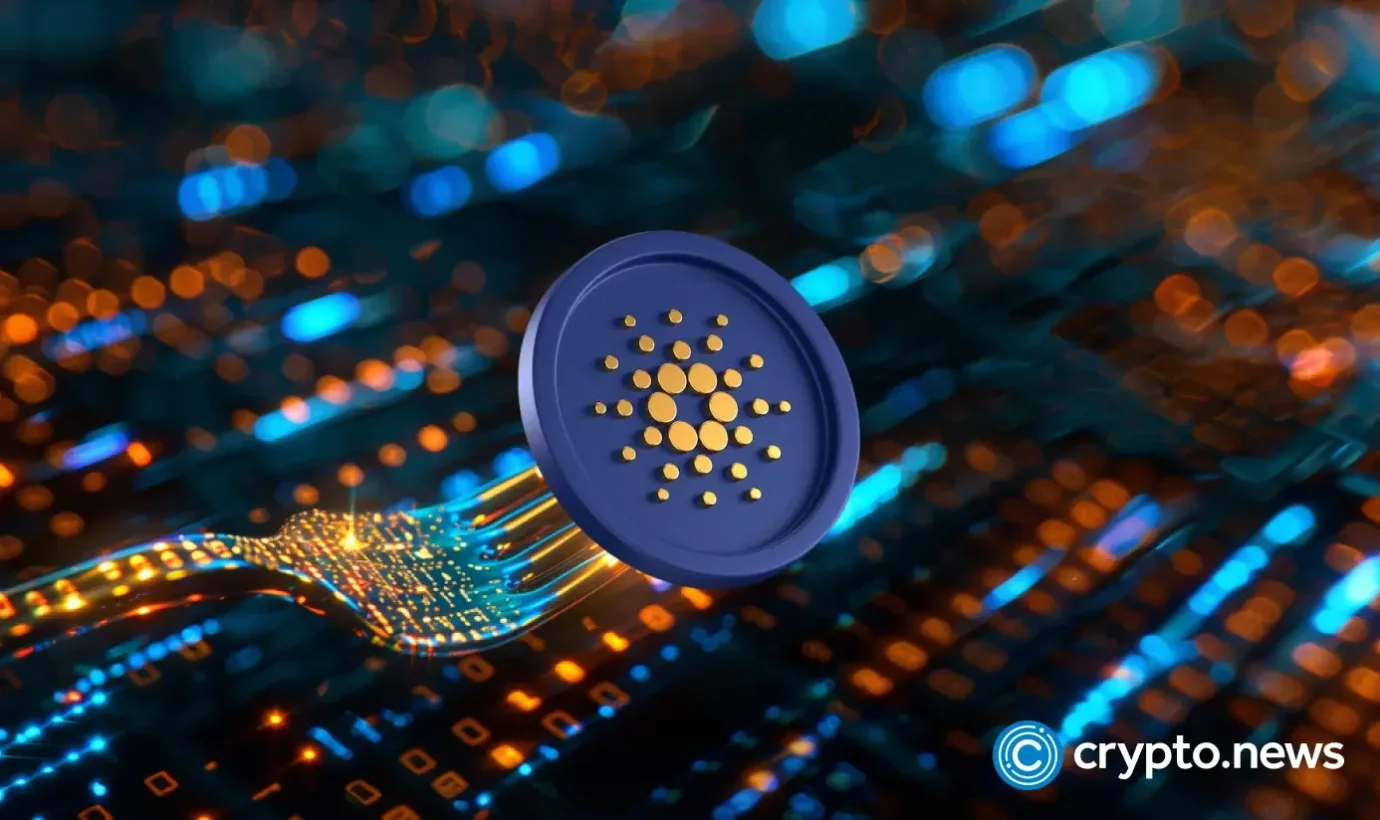
A blockchain developer is set to fork the BRC-20 token standard to introduce decentralized finance capabilities to the Bitcoin network.
A blockchain developer under the alias Mikael.btc, best known as the creator of the BRC-100 token standard, wants to fork BRC-20 in an effort to roll out a new protocol designed to bring decentralized finance to the Bitcoin (BTC) network.
In an Aug. 9 post on X, the developer outlined plans for the fork, emphasizing that the upgrade would address key limitations of the BRC-20 standard, including its “lack of programmability,” scalability challenges, and the absence of defi infrastructure.
According to Mikael.btc, the new protocol will leverage technologies such as Inscriptions — used to add metadata to Bitcoin’s sats — and OP_RETURN — a script that allows data to be stored within transactions — to enhance Bitcoin’s functionality, enabling users to access decentralized finance.
“Every BRC-20 token will be mapped to a BRC-100 token with the same ticker and the same supply. 100% of the new BRC-100 token will be distributed to the holders of the original BRC-20 token, with the exactly same amount as the holdings on BRC-20.”
Mikael.btc
Following the fork, holders of BRC-20 tokens will automatically receive equivalent assets on the BRC-100 protocol, the developer added. However, those with BRC-20 tokens held on centralized exchanges will need to wait for the exchanges to distribute the new forked assets.
The push for defi on the Bitcoin network gained momentum recently after a research report from Pantera Capital, a crypto venture capital firm, projected that the Bitcoin-based defi ecosystem could attract hundreds of billions of dollars in liquidity through web3 protocols, implying that Bitcoin’s defi sector could achieve a market share comparable to that of Ethereum’s.
Tổng hợp và chỉnh sửa: ThS Phạm Mạnh Cường
Theo Crypto News

